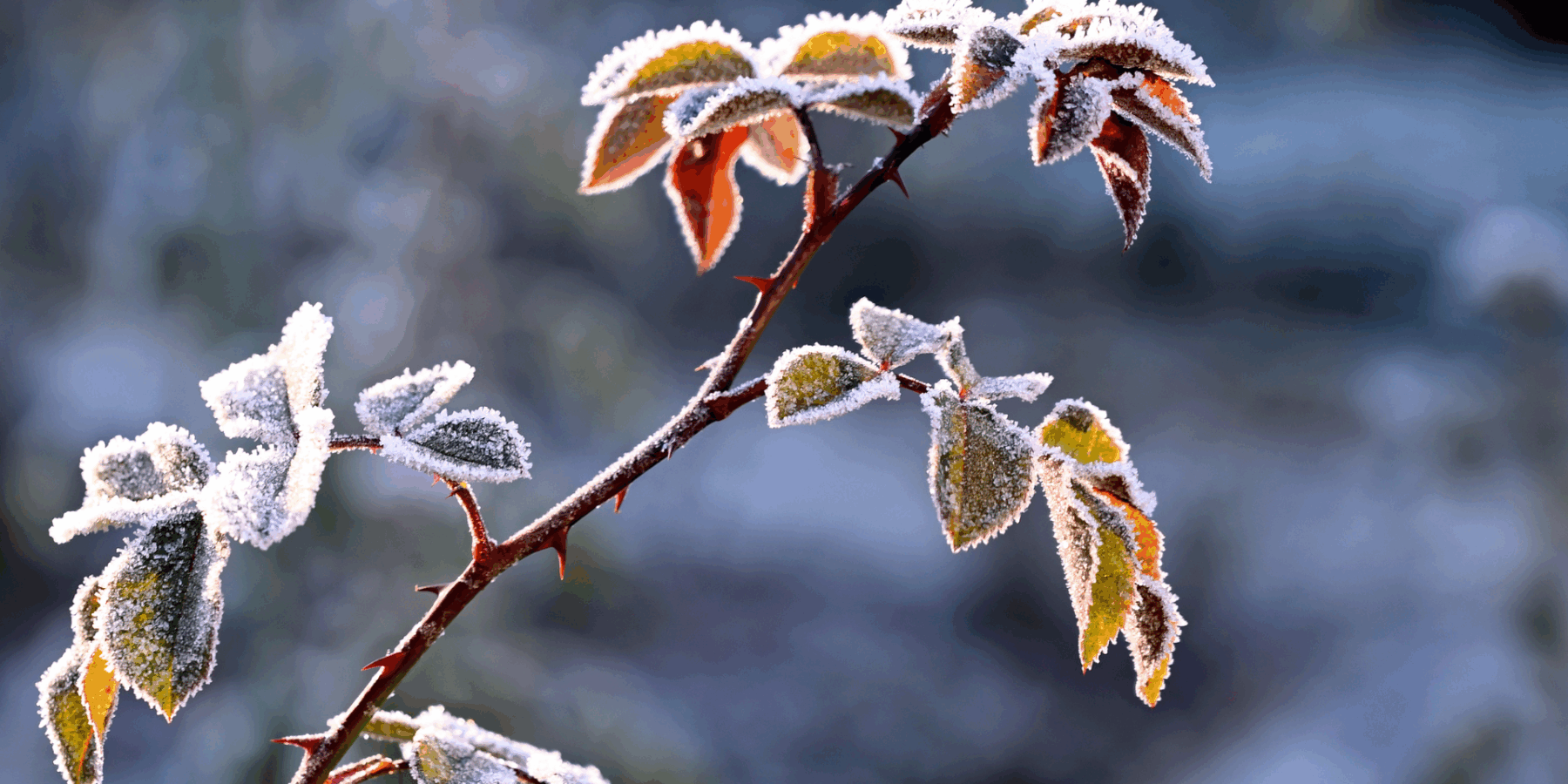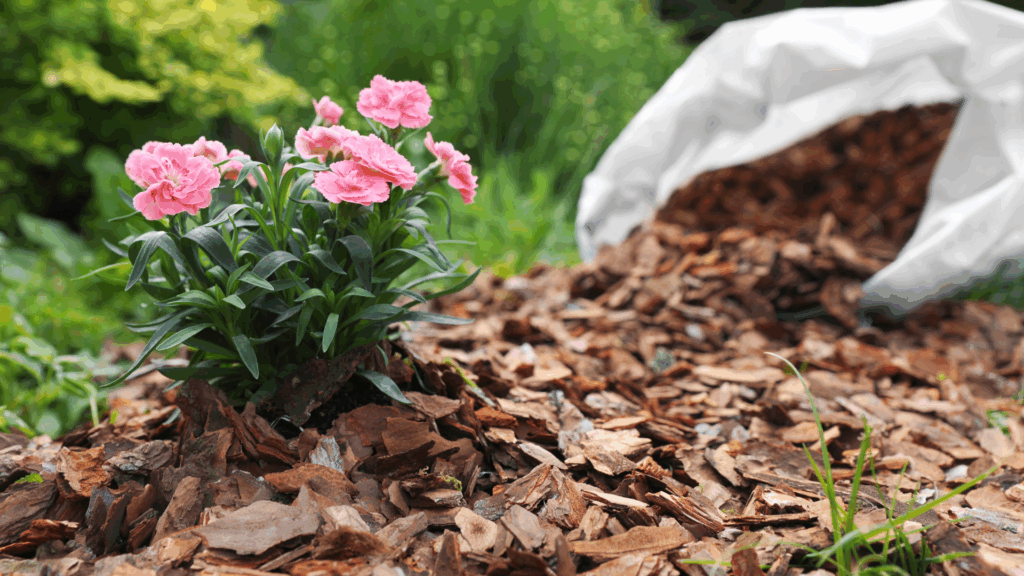
Winter’s Chill, Nature’s Will: Caring for Your Outdoor Plants in the Cold
-
09 October 2025
As winter unfurls its icy fingers across the landscape, our gardens stand resilient, braced against the cold. Trees shed their golden crowns, and the soil glistens with a delicate frost, whispering of the cold months before and ahead. Our outdoor plants, though silent, depend on us to shield them from the season’s relentless embrace.
Winter’s grip can be merciless, yet with foresight and care, your garden will not merely survive; it will flourish when spring arrives. Here’s an Urban Planters how-to on nurturing your outdoor plants through the months when frosts bite.
Why Winter Care Matters
Winter is more than a season of stillness; it is a trial of endurance. Like people, plants react differently to the cold. Some enter deep dormancy, conserving energy beneath the soil. Others, like evergreens, stand tall and steadfast, defying the frost-laced winds.
Without proper care, extreme cold, excessive moisture, and drying winds can weaken plants, leading to frost damage, root rot, or even death. Thoughtful preparation ensures that when spring awakens, your plants will emerge strong rather than struggling for survival.
Mastering Winter Watering
Water is both a lifeline and a threat in winter. Too little, and roots dry out, leaving plants weak and vulnerable. Too much, and lingering moisture fosters root rot.
The key is balance. Before the first deep freeze, thoroughly water your plants, allowing their roots to absorb vital moisture. During dry spells, particularly when the ground isn’t frozen, water sparingly in the morning to prevent dehydration before nighttime temperatures plummet.
Mulch: The Warm Blanket of Nature
Mulch acts like a protective quilt, tucking in your plants for a restful winter slumber. A thick layer of organic mulch, such as bark, straw, or compost, insulates roots, stabilises soil temperatures and retains essential moisture.
Spread mulch generously around the base of your plants, leaving a small gap around stems to prevent rot. This simple step could mean the difference between a flourishing spring and a struggling start.

Give Them Cover: Protection from the Elements
Just as we wrap ourselves in scarves and coats, plants also need protection. Delicate varieties, including young shrubs and potted plants, will benefit from fleece, burlap wraps, or protective covers to shield them from bitter winds and frost.
Cloches and Windbreaks

Cloches, the transparent covers that trap warmth serve as miniature greenhouses, preserving fragile plants beneath their domes. Meanwhile, larger plants may appreciate a windbreak, from a strategic screen or a row of sturdy shrubs acting as a natural barrier.
Refresh the Soil: A Midwinter Boost
Winter is not a time for neglect. Even in colder months, soil, the foundation of plant health, needs attention. Over time, compacted soil loses nutrients and airflow, making it harder for plants to thrive.
Before deep frosts settle, refresh the soil with organic matter, such as compost or well-rotted manure, to enrich it with essential nutrients. For container plants, replacing the top layer of soil can prevent stagnation and maintain vitality.
A Look Towards Spring: Winter Tasks That Pay Off
Winter is a season of quiet preparation. The care you give now shapes the beauty of your spring garden. Trim dead or diseased branches to prevent issues later. Check pots and containers for cracks since frozen water expands, potentially causing damage.
Keep an eye out for pests, as some overwinter in crevices, ready to awaken with the first warm breeze.
Beneath winter’s hush, your garden is alive, awaiting spring’s first golden touch. With careful preparation, your plants will endure the winter and then thrive in the coming seasons.